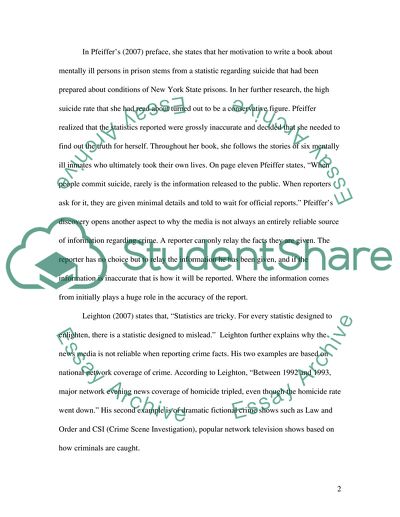Cite this document
(Media and Crime Essay Example | Topics and Well Written Essays - 2000 words, n.d.)
Media and Crime Essay Example | Topics and Well Written Essays - 2000 words. https://studentshare.org/media/1583592-discuss-whether-or-not-the-media-is-a-reliable-source-of-knowledge-about-crime-and-criminality-and-utilise-examples-to-illustrate-the-concept-of-media-and-moral-panics
Media and Crime Essay Example | Topics and Well Written Essays - 2000 words. https://studentshare.org/media/1583592-discuss-whether-or-not-the-media-is-a-reliable-source-of-knowledge-about-crime-and-criminality-and-utilise-examples-to-illustrate-the-concept-of-media-and-moral-panics
(Media and Crime Essay Example | Topics and Well Written Essays - 2000 Words)
Media and Crime Essay Example | Topics and Well Written Essays - 2000 Words. https://studentshare.org/media/1583592-discuss-whether-or-not-the-media-is-a-reliable-source-of-knowledge-about-crime-and-criminality-and-utilise-examples-to-illustrate-the-concept-of-media-and-moral-panics.
Media and Crime Essay Example | Topics and Well Written Essays - 2000 Words. https://studentshare.org/media/1583592-discuss-whether-or-not-the-media-is-a-reliable-source-of-knowledge-about-crime-and-criminality-and-utilise-examples-to-illustrate-the-concept-of-media-and-moral-panics.
“Media and Crime Essay Example | Topics and Well Written Essays - 2000 Words”. https://studentshare.org/media/1583592-discuss-whether-or-not-the-media-is-a-reliable-source-of-knowledge-about-crime-and-criminality-and-utilise-examples-to-illustrate-the-concept-of-media-and-moral-panics.


